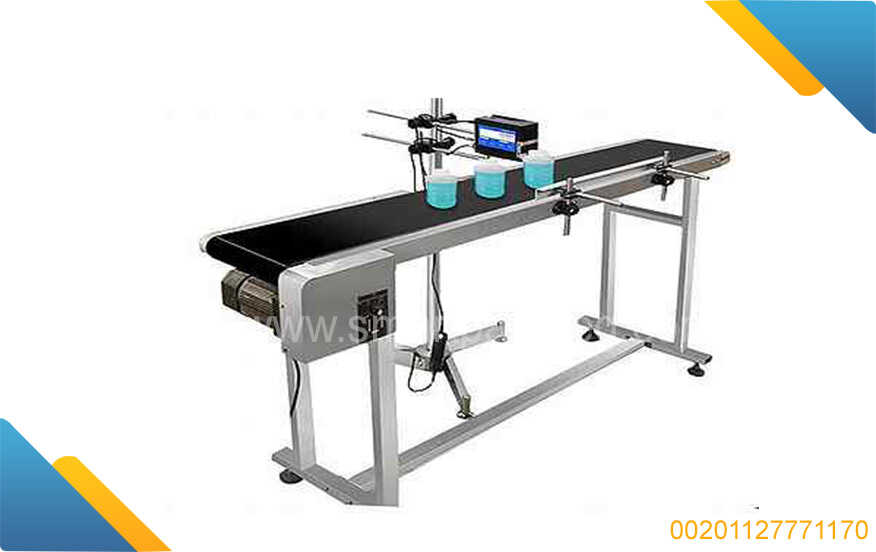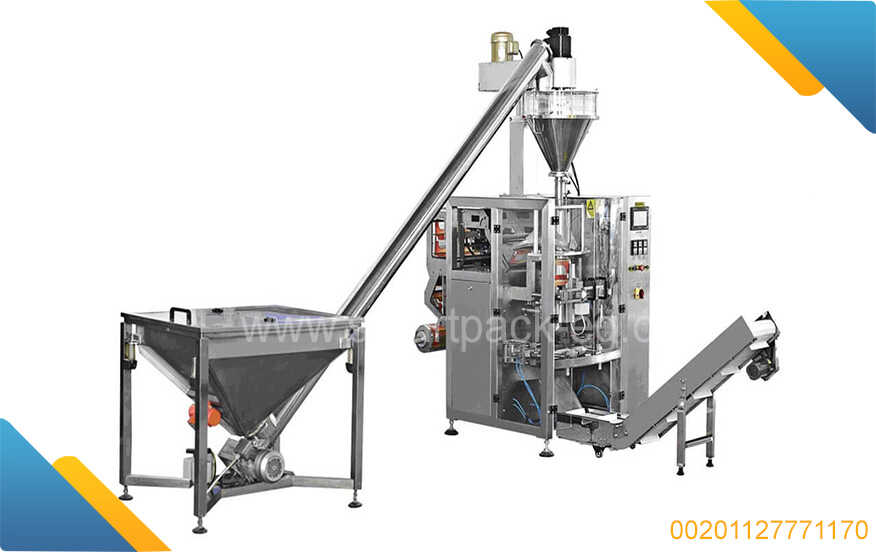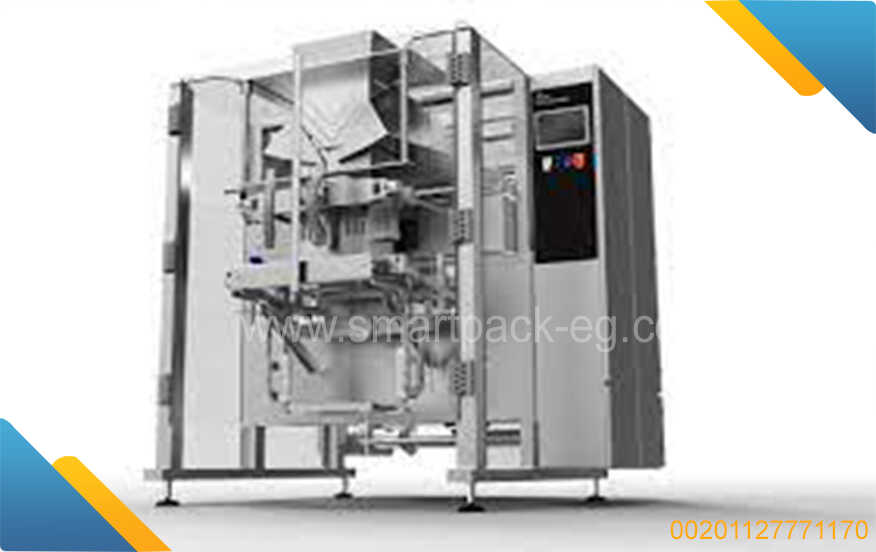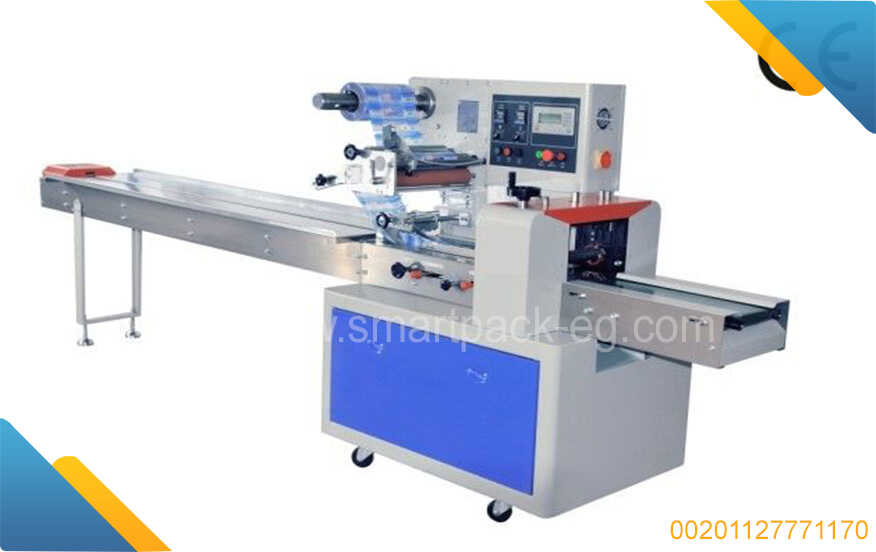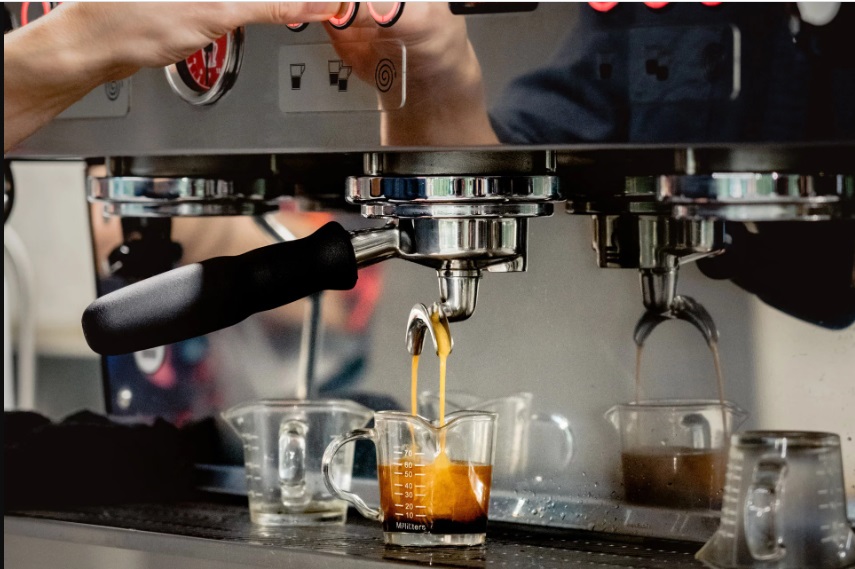How to Conduct a Detailed Feasibility Study for Establishing a Packaging Plant for All Products and Materials
Introduction:
Setting up a packaging plant requires careful consideration and a thorough understanding of the industry. Conducting a detailed feasibility study is crucial in determining whether establishing such a plant is viable. This step-by-step guide will provide you with insights on how to conduct a comprehensive feasibility study for a packaging plant for all products and materials.
Step 1: Define the Objectives
Start by clearly defining the objectives of your feasibility study. Are you looking to determine if the business is financially feasible, assess market demand, or evaluate potential risks? Defining the study's objectives will help focus your research and analysis efforts.
Step 2: Conduct Market Analysis
Gather information on the current packaging market, both locally and globally. Identify key trends, growth rates, target markets, and competitors. Collect data on packaging material preferences, industry regulations, and emerging technologies that could impact your business. This analysis will help you gauge market demand and opportunities.
Step 3: Perform Technical Assessment
Evaluate the technical aspects of establishing a packaging plant. Determine the required machinery, equipment, technology, and infrastructure. Assess factors like production capacity, automation possibilities, sustainability measures, and quality control processes. This assessment will aid in estimating initial investment costs and operational requirements.
Step 4: Evaluate Financial Viability
Analyze the financial aspects of your packaging plant project. Estimate start-up costs, investments required for machinery and equipment, operational expenses, employee salaries, marketing costs, raw material procurement, and maintenance expenses. Develop financial projections such as cash flows, revenue forecasts, and return on investment (ROI) calculations.
Step 5: Identify Potential Risks
Identify and assess potential risks that may impact your packaging plant venture. Evaluate factors such as regulatory compliance issues, market competition, raw material availability, changing customer preferences, and economic conditions. Developing a risk management plan will help you mitigate and address these challenges.
Step 6: Determine Legal and Regulatory Compliance
Research and understand the legal and regulatory requirements for establishing a packaging plant. Ensure compliance with environmental standards, health and safety regulations, waste management protocols, licensing procedures, and labor laws. It is essential to factor in all legal obligations when considering the feasibility of your project.
Step 7: Analyze Marketing Strategy
Develop a comprehensive marketing strategy for your packaging plant. Identify your target customers, determine your unique selling proposition, and develop pricing strategies. Consider distribution channels, branding efforts, and customer acquisition plans. Analyzing the marketing strategy will help you determine if there is a viable market for your packaging products.
Step 8: Summarize Findings and Make Recommendations
Once you have gathered all the necessary data and completed your analysis, compile your findings into a comprehensive feasibility study report. Summarize the main findings, including market potential, financial feasibility, technical requirements, risk assessment, legal compliance, and marketing strategies. Based on these findings, make informed recommendations on whether establishing a packaging plant is advisable or not.
Conclusion:
Conducting a detailed feasibility study for establishing a packaging plant for all products and materials is crucial to make informed business decisions. Follow these steps to gather all the necessary data, analyze various aspects of the project, and determine its viability. Remember that a well-researched and accurate feasibility study will greatly assist you in evaluating the potential success of your packaging plant venture.

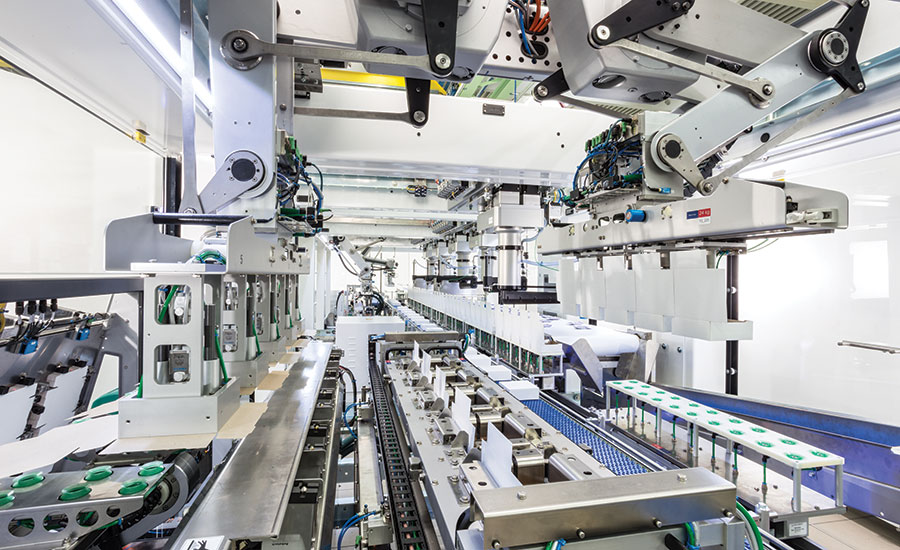
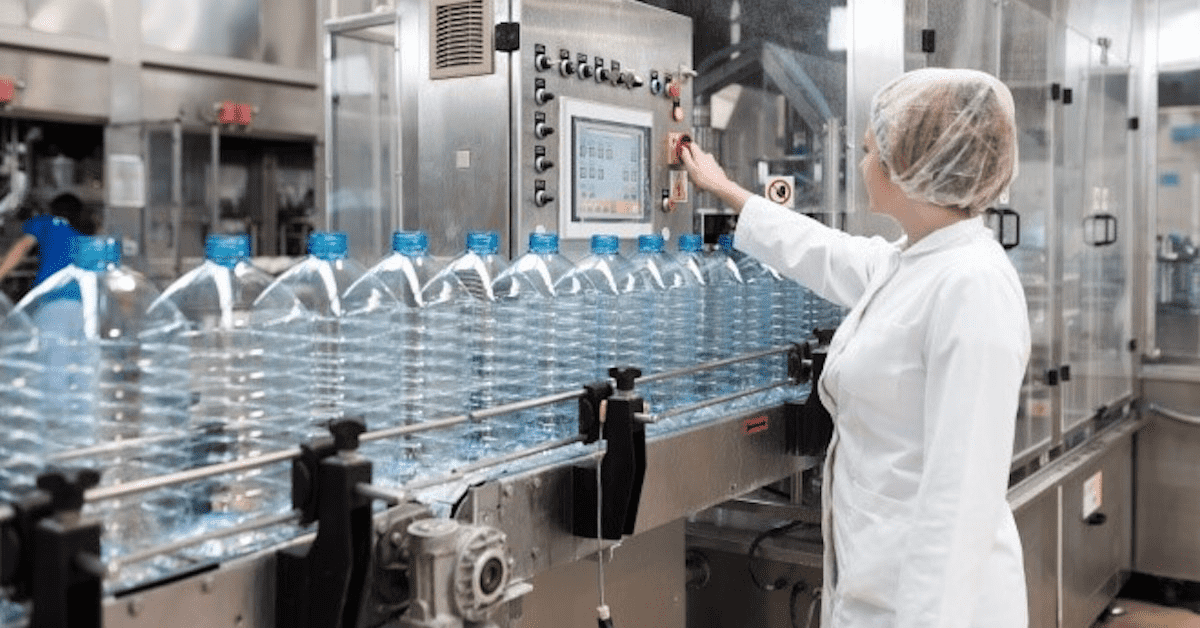
 Admin
Admin 